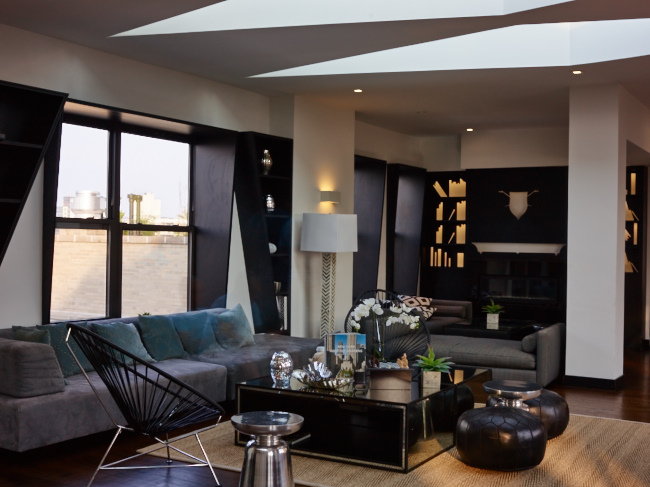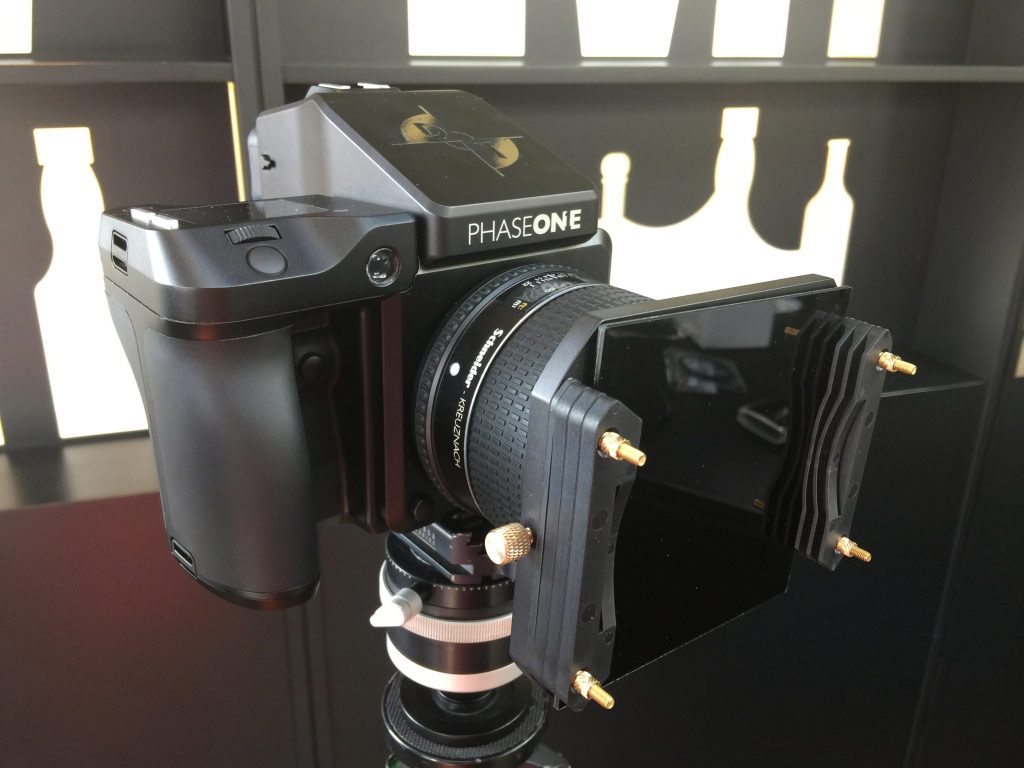Gear Testing
IQ350 and IQ380 Long Exposure Test
Long Exposure Comes to 80mp
The launch of the IQ380 brings long exposure to Phase One’s 80mp lineup for the first time. Leveraging the photon-shepherding technology first developed for the IQ260 with a brand new 80mp sensor provides up to one hour exposures at ISO200.
We wanted to do a real world test, comparing it to the IQ350 which is also well known for good long exposure capability. But we didn’t want to do a boring studio test where the scene lighting is plentiful and easy to work with. So we decided on an interior scene where we exposed to include the exterior sky, and white walls hit with direct sunlight, and see how it would handle dark black fabric. Moreover we did it on a New York summer day where the room was left at 80F (as a rule, the warmer the ambient temperature the less well a camera – any camera – will perform for long exposures) and we did it a few minutes after an 8 minute exposure was captured on both systems so that the sensors would already be a bit warm (heat accumulates during long exposures and takes a short break to dissipate).
It’s a push-it-until-it-breaks worst-case-scenario test, and we found it very illuminating. In general both backs performed well. Compared to the CMOS based IQ350 the IQ380 showed moderately more luminance noise in deep shadows, but moderately less color noise.
How Did We Get Such a Long Exposure?
It’s actually very challenging to find subject matter in NYC that calls for a thirty minute exposure. Even at night the city is almost everywhere lit up such that even at a stopped down aperture the longest exposure is only several minutes long. When we tested Long Exposures with the IQ260 we used a dimly lit jazz bar, and even then had to use a multi-stop ND Filter and could only go for eight minutes.
Stacking ND filters creates a strong potential for flare and degrades optical quality (shooting through a stack of several very good filters is like shooting through one mediocre filter) and traditionally high-stop ND filters leak a lot of infrared light, throwing off color neutrality.
So we were very excited when the launch of the IQ3 matched up nicely to Hitech Formatt’s new high-end FireCrest branded line of strong ND filters. We used a 16 stop filter from this line on each of our two cameras. Using wide-open high-ISO test frames we then determined a good exposure and used the Exposure Calculator tool on the IQ3 to convert this into a stopped-down low-ISO exposure. The light changed during the exposure so both frames were about a half stop underexposed (assuming we wanted to expose to include the exterior sky). The filters performed extremely well, showing very little color shift, which is extraordinary for a 16 stop ND filter; only 0.001% of light passes through the filter.
Email Us For Raws
We’re posting some adjusted-to-taste low-res JPGs below. Email dep@digitaltransitions.com if you’d like a copy of the raw files to play with or have any questions about the test. It’s likely we’ll do another long exposure test in the next week or so, so if you have suggestions for changes to methodology on the second test you’re input is welcome.
Note: During the thirty minute exposure a gentleman came and stood by the table, then sat down and read for a while. Since he was not perfectly still he shows up as a ghost on the couch – his blue shirt and arm are faintly visible.
IQ380, 30 min, ISO200, F/11, Adjusted in C1 8.3.3; Cropped to FOV of IQ350

IQ350, 30 min, ISO100, F/8, Adjusted in C1 8.3.3


